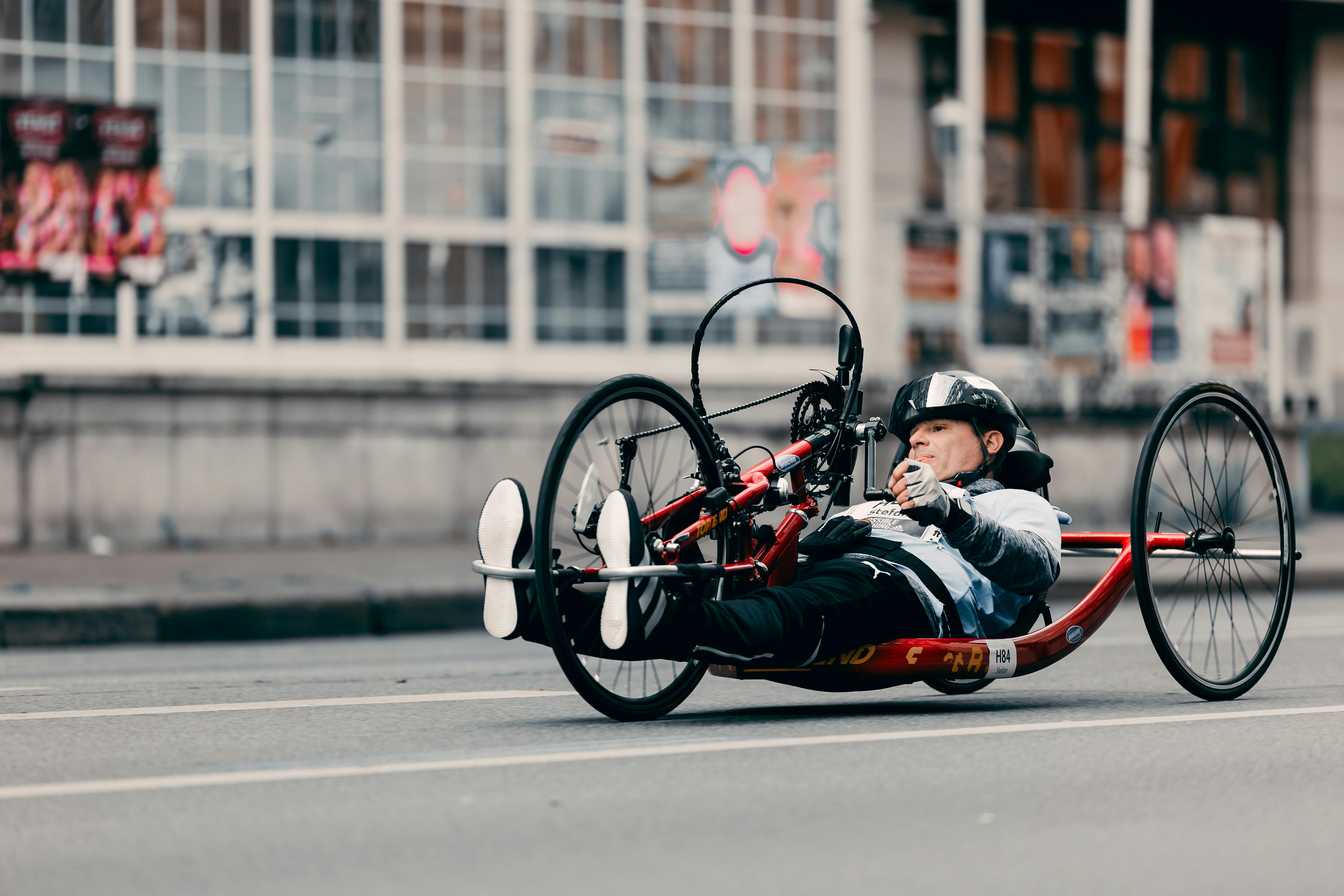Crate Training 101: Everything You Need to Know for Puppies and Kittens
Are you considering crate training for your new puppy or kitten? Crate training can be a useful tool for housebreaking and providing a safe space for your furry friend. In this article, we will cover everything you need to know about crate training for puppies and kittens to help you get started on the right foot.

This image is property of images.pexels.com.
What is Crate Training and Why is it Important?
Crate training is a method of training your puppy or kitten to acclimate to a crate or kennel as a safe and secure space. It can help with housebreaking, preventing destructive behavior, and providing a safe haven for your pet. Crate training can also make travel and vet visits less stressful for your furry friend.
Crate training is important because it can provide a sense of security and comfort for your puppy or kitten, especially during times of stress or anxiety. It can also help with housebreaking by teaching your pet to hold their bladder and bowels until they are let outside. Additionally, crate training can prevent destructive behavior by giving your pet a safe place to relax when you are unable to supervise them.
Choosing the Right Crate for Your Puppy or Kitten
When it comes to choosing a crate for your puppy or kitten, there are a few things to consider. You will need to pick a crate that is the right size for your pet, as well as one that is durable and easy to clean. For puppies, a crate with a divider can help you adjust the size as your pet grows. For kittens, a cozy, enclosed crate can provide a sense of security.
When selecting a crate for your puppy or kitten, consider their size and weight. The crate should be large enough for your pet to stand up, turn around, and lie down comfortably. It should also be sturdy and secure, with no sharp edges or pieces that could harm your pet. Additionally, choose a crate with proper ventilation to keep your furry friend comfortable.

This image is property of images.pexels.com.
Introducing Your Puppy or Kitten to the Crate
Once you have chosen the right crate for your puppy or kitten, it is time to introduce them to their new space. Start by placing the crate in a quiet, comfortable area of your home. Leave the door open and add a cozy blanket or toy inside to entice your pet. Allow your furry friend to explore the crate at their own pace, without any pressure.
Encourage your puppy or kitten to enter the crate by placing treats or food inside. You can also toss toys or treats inside to create a positive association with the crate. Avoid forcing your pet into the crate or using it as a form of punishment, as this can create a negative association. Make the crate a happy and safe place for your furry friend to relax and unwind.
Using the Crate for Housebreaking
Crate training can be a valuable tool for housebreaking your puppy or kitten. Dogs and cats are naturally clean animals and prefer not to eliminate in their sleeping area. By using the crate to confine your pet when you are unable to supervise them, you can teach them to hold their bladder and bowels until they are let outside.
When using the crate for housebreaking, make sure to take your puppy or kitten outside frequently, especially after eating, drinking, or waking up from a nap. Praise and reward your pet for going to the bathroom outside, and never scold or punish them for accidents inside the house. Consistency is key when housebreaking, so be patient and stick to a routine.

This image is property of images.pexels.com.
Crate Training Dos and Don’ts for Puppies and Kittens
When it comes to crate training, there are a few dos and don’ts to keep in mind. Here are some tips to help you make the most of crate training for your puppy or kitten:
Dos:
- Do make the crate a comfortable and inviting space for your pet with cozy blankets, toys, and treats.
- Do use the crate for short periods of time at first, gradually increasing the duration as your pet becomes more comfortable.
- Do make the crate a positive experience by rewarding your pet for going inside and remaining calm.
Don’ts:
- Don’t use the crate as a form of punishment or confinement for extended periods.
- Don’t leave your puppy or kitten in the crate for too long, as this can lead to anxiety and stress.
- Don’t rush the crate training process – be patient and allow your pet to acclimate at their own pace.
Crate Training Tips for Puppies and Kittens
To help you make the most of crate training for your puppy or kitten, here are some additional tips to keep in mind:
- Be patient and consistent: Crate training takes time and patience, so be consistent with your routine and expectations.
- Use positive reinforcement: Reward your pet with treats, praise, and affection for good behavior inside the crate.
- Provide plenty of exercise and mental stimulation: A tired pet is a well-behaved pet, so make sure to provide plenty of exercise and playtime outside of the crate.
- Never force your pet into the crate: Allow your puppy or kitten to explore the crate at their own pace, without any pressure or coercion.
Crate Training Troubleshooting for Puppies and Kittens
If you encounter any difficulties with crate training your puppy or kitten, there are a few troubleshooting tips you can try:
- Slow down the process: If your pet is struggling with crate training, slow down the process and give them more time to acclimate.
- Seek professional help: If your pet continues to resist the crate, consider seeking help from a professional dog trainer or behaviorist.
- Ensure the crate is comfortable: Make sure the crate is the right size and provides a comfortable and inviting space for your furry friend.
- Stay positive and patient: Crate training can be challenging, but with patience, consistency, and positivity, you can help your puppy or kitten feel comfortable in their crate.
Conclusion
Crate training can be a valuable tool for housebreaking and providing a safe space for your puppy or kitten. By choosing the right crate, introducing your pet to the crate gradually, and using positive reinforcement, you can help your furry friend feel comfortable and secure in their new space. Remember to be patient, consistent, and gentle with your pet during the crate training process, and seek professional help if needed. With time and effort, you can successfully crate train your puppy or kitten and create a peaceful and happy environment for you and your furry friend.